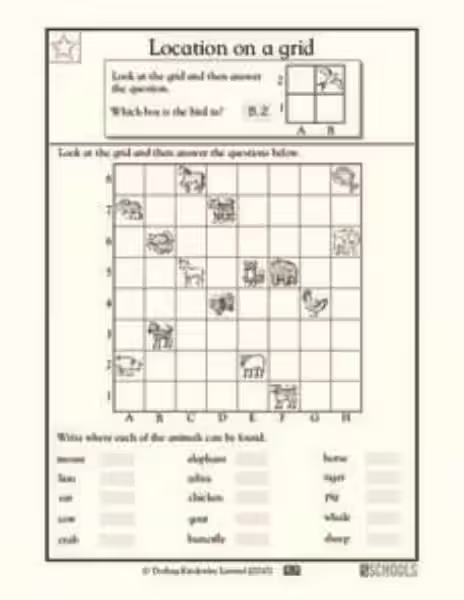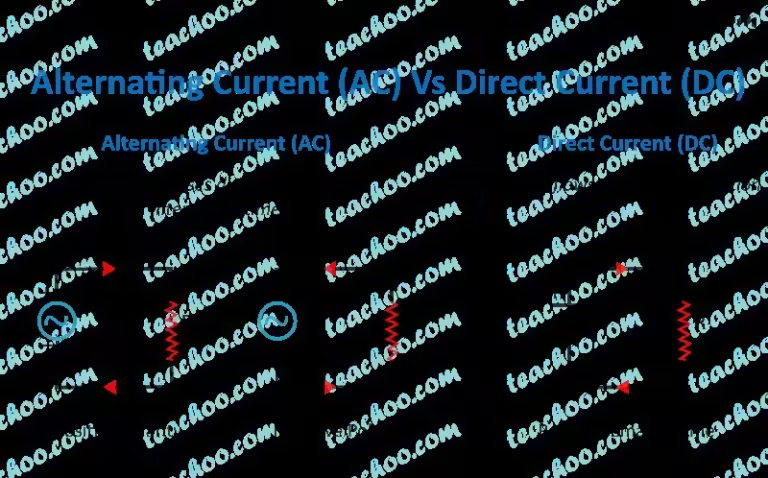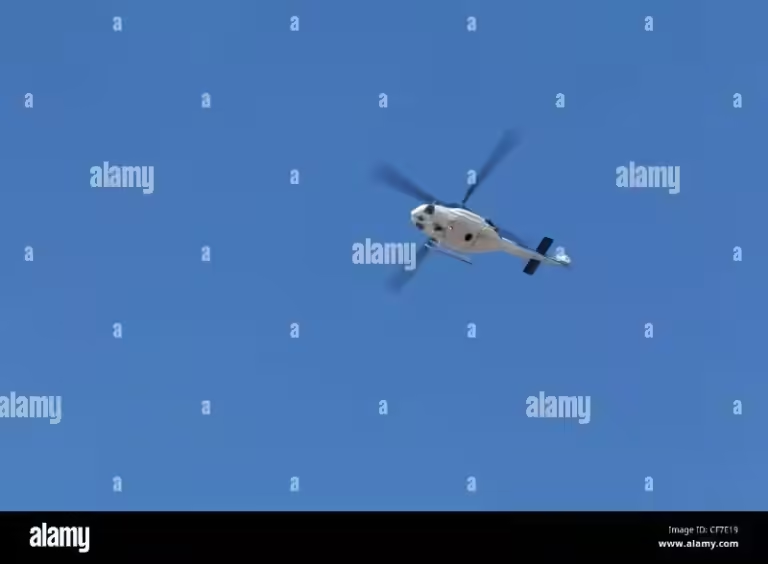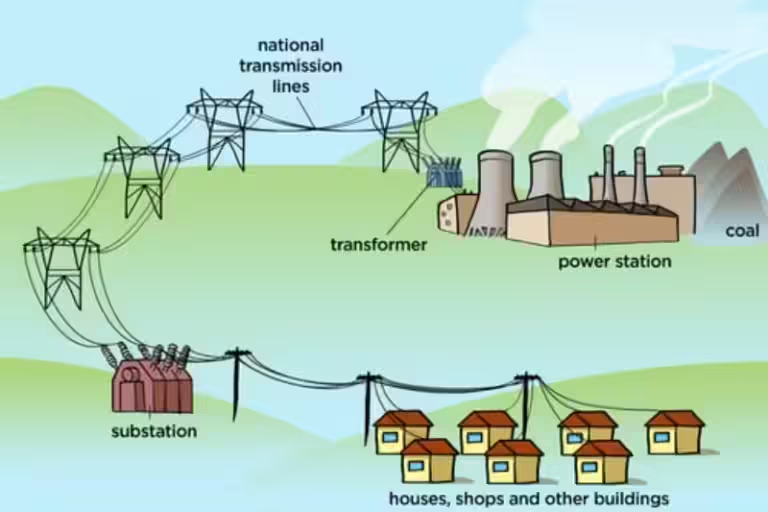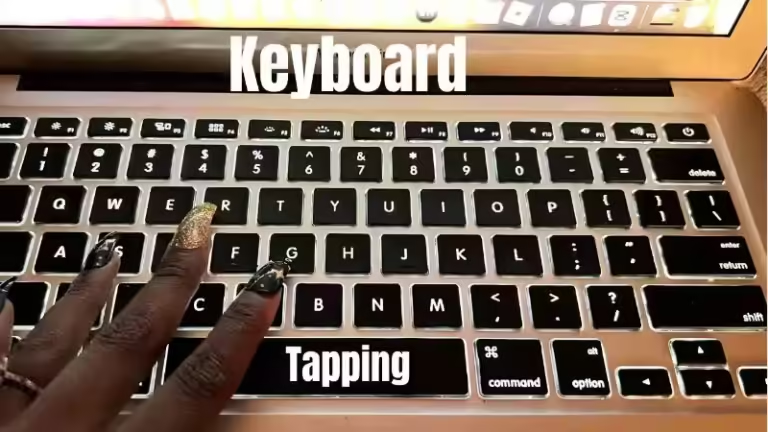Unveiling the Hidden Pattern: A Deep Dive into the NYT Mini Crossword
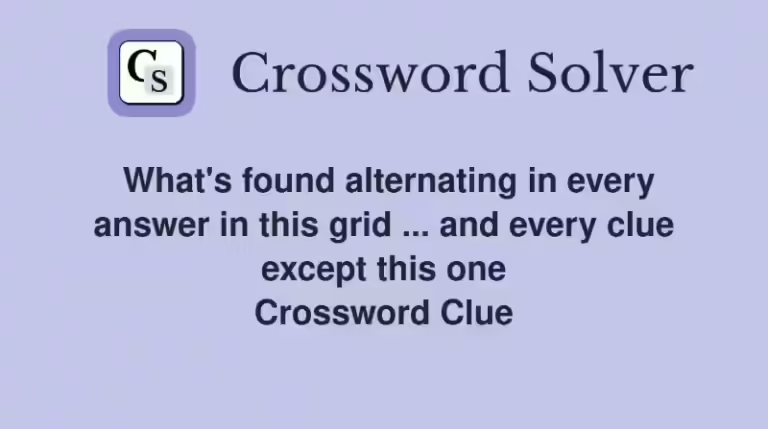
The New York Times Mini Crossword is a daily brain teaser that, despite its compact size, can be quite challenging. It's a great way to start your day, hone your problem-solving skills, and enjoy a bit of wordplay. But sometimes, even the most seasoned crossword enthusiasts might encounter a clue that throws them for a loop. This is often the case with meta-puzzles, which require you to think beyond the individual clues and analyze the puzzle itself.
The Mysterious Meta-Clue: "What's Found Alternating in Every Answer in This Grid ... and Every Clue Except This One"
One such meta-clue that appeared in the February 12th, 2024 Mini Crossword reads, "What's found alternating in every answer in this grid ... and every clue except this one." This clue is designed to be a bit of a head-scratcher. It's not asking for a specific word or phrase but rather for a pattern that exists within the puzzle.
To solve this meta-puzzle, you need to go beyond the individual clues and answers and analyze the puzzle as a whole. What are the commonalities among the answers? What patterns emerge in the clues themselves?
Deciphering the Code: A Step-by-Step Guide
Here's a step-by-step guide to help you crack the code of this meta-puzzle:
- Examine the Answers: Start by scrutinizing the answers you've already filled in. Look for any recurring patterns within the words themselves. Do certain letters appear more frequently than others? Is there a consistent arrangement of vowels and consonants? For example, you might notice that every answer contains an even number of letters or that all the answers are nouns.
- Analyze the Clues: Once you've examined the answers, turn your attention to the clues. Do you notice any consistent patterns within the wording of the clues themselves? Are there specific words or phrases that appear frequently?
- Isolate the Missing Pattern: After identifying the pattern within the answers and clues, see if it applies to the clue you're examining. If it doesn't, you've likely found the solution to the meta-puzzle.
Possible Solutions: A Glimpse into the World of Patterns
Here are some possible solutions for the meta-puzzle:
- Letter Patterns: The pattern could be based on the letters themselves. Perhaps every answer alternates between vowels and consonants, or every clue has an even number of letters.
- Word Types: The pattern might be related to the type of word used. Every answer might be a noun, or each clue might be a phrase starting with a preposition.
- Number Patterns: The pattern could be based on numbers. Each answer might have an odd number of letters, or each clue might contain a specific number of words.
- Theme: There could be a broader theme or concept that connects the answers and clues. For example, all the answers might be related to a specific topic, or all the clues might use words with a certain connotation.
The Power of Meta-Puzzles: A Journey Beyond the Literal
Meta-puzzles like this are a unique and rewarding aspect of crosswords. They require you to think critically and creatively, shifting your focus from the individual clues to the structure and patterns of the puzzle itself. They're a testament to the power of puzzles to challenge our minds and spark our curiosity.
So next time you encounter a meta-puzzle, don't be intimidated. Take a deep breath, analyze the puzzle with a fresh perspective, and enjoy the thrill of unraveling the hidden patterns. You might just be surprised by what you discover.
Frequently Asked Questions
What is the answer to the clue "What's found alternating in every answer in this grid ... and every clue except this one" in the NYT Mini Crossword for February 12th?
The answer is Vowel.
How do I figure out that the answer is "Vowel"?
Look at the answers in the crossword grid. You'll notice that a vowel alternates with a consonant in every word. The clue itself also follows this pattern, except for the clue itself.

